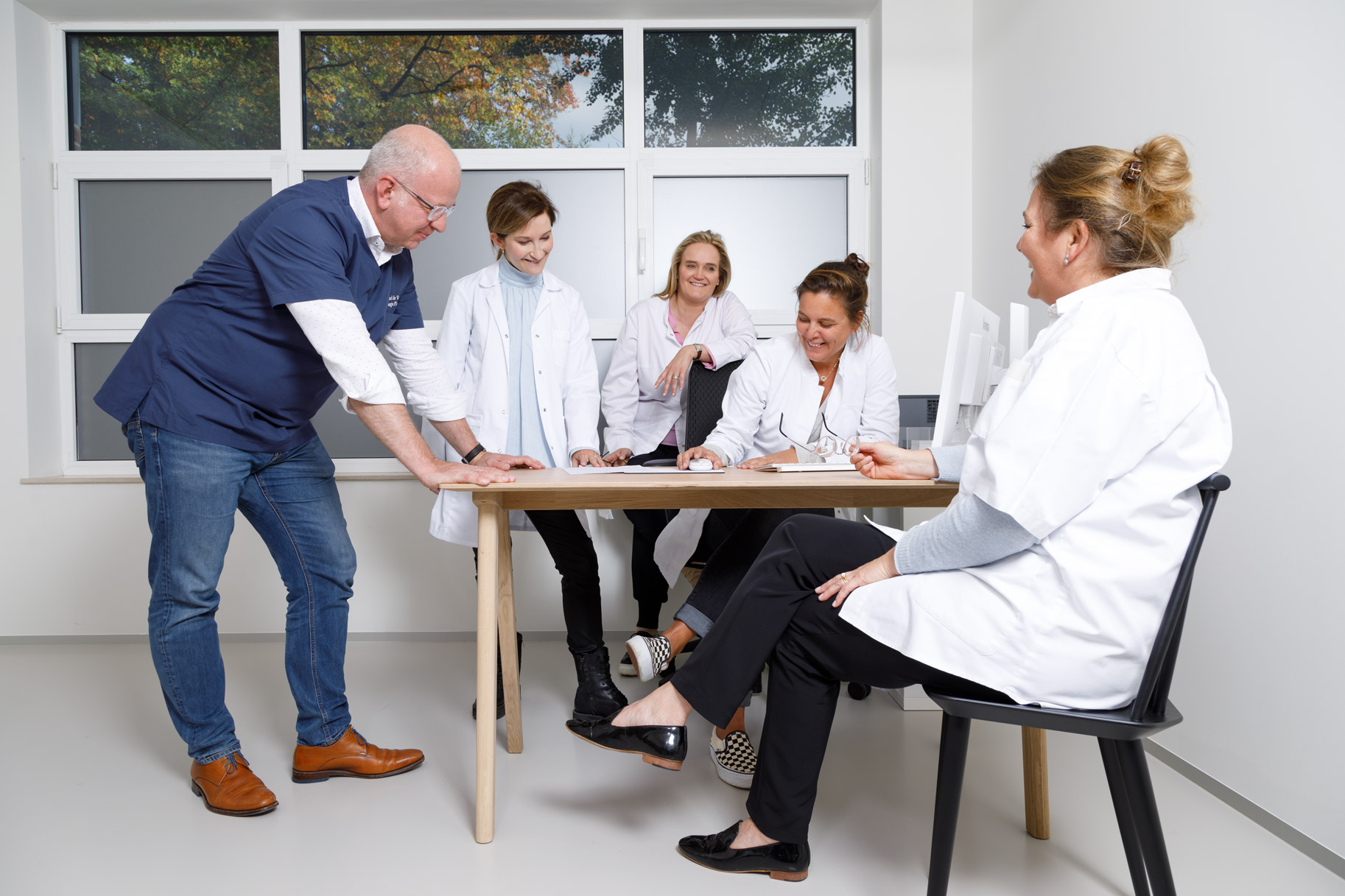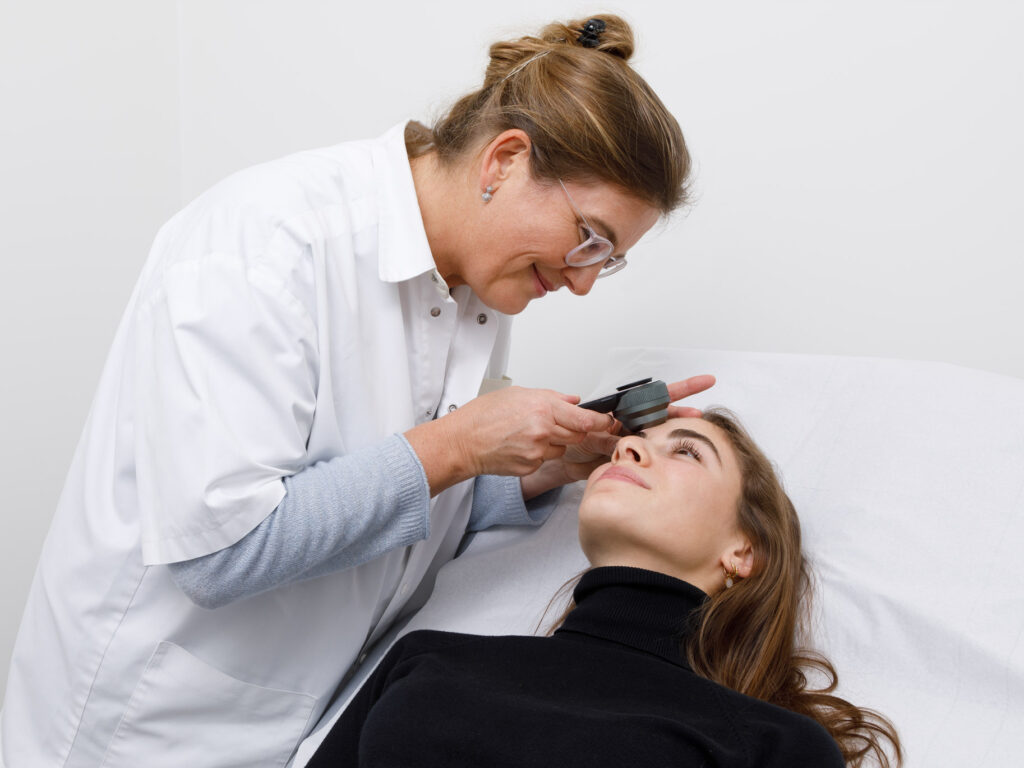
Acne
Acne is linked to a pilosebaceous follicle disorder, characterised by blackheads, micro cysts, papules, pustules and nodules on the face or upper trunk. Most of the time it occurs during adolescence, hence the term juvenile acne. Your dermatologist will suggest a suitable treatment depending on the clinical presentation. Scars, which may occur due to the intensity, depth, or duration of the inflammatory reaction, are a common consequence of acne and can be treated with several sessions of fractional CO2 laser or microneedling with radiofrequency.
